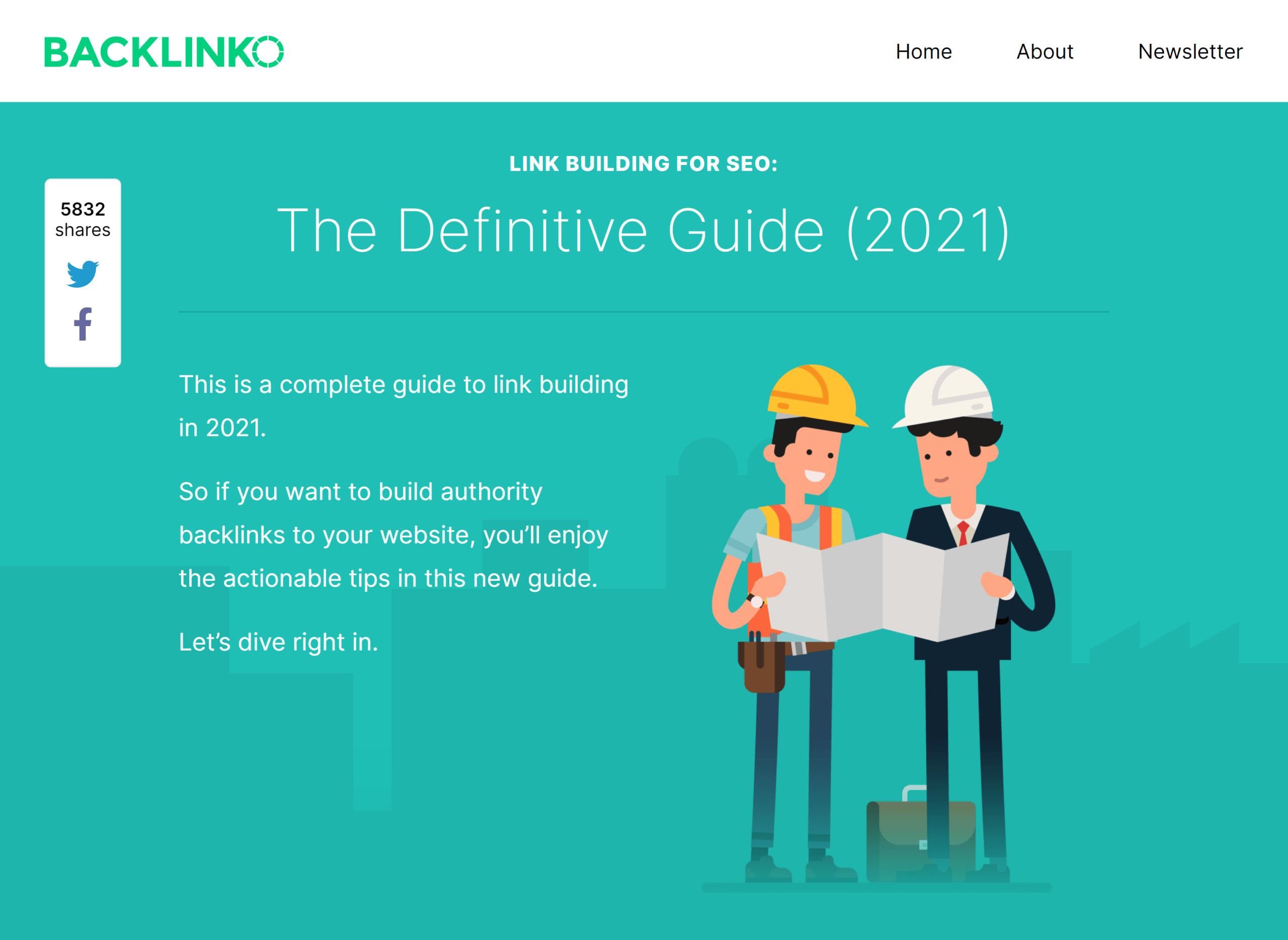Having a successful business is not just about getting traffic to your website. It is about building relationships with your clients and customers. It is about making your website user-friendly and easy to navigate. It is about using Google Analytics and On-page SEO techniques.
On-page SEO
Whether you are a blogger, small business owner or someone looking to increase your online presence, on-page SEO is important. It helps search engines understand what your website is all about and improves the overall user experience. It can also help you earn higher rankings in the organic search results.
In addition to using keywords to optimize your site content, you should also include structured data. This helps Google understand your website better and helps your product appear in the Google Shopping carousel. The best way to get started with structured data is to create a CSV file with the content you want to include. You can then import this file into your content management system (CMS) and use the CONCATENATE function to import H1 and title tags.
You can also use the PageSpeed Insights tool to check your site’s performance. It can tell you if your pages are too large to load quickly and offers tips for how to make them faster.
You should also consider breaking up your content into smaller, easy-to-digest chunks. Having content that is difficult to read can lead to a high bounce rate and reduce conversions.
You can optimize your blog’s images to reduce the file size and improve page load speed. You can do this through plugins such as TinyPNG. You can also include video compression, which decreases the file size.
If you have transactional intent on your website, it is especially important to add structured data. The better Google understands your content, the more chances you have of generating organic traffic.
When you are implementing on-page SEO, you should always start with the keywords you want to rank for. Your goal is to provide information that matches the intent of your target audience. You should never produce content that doesn’t satisfy their needs. Your aim is to deliver quality content that will be seen as authoritative and useful by users.
When you are writing for SEO, you should be answering questions that people have. The goal is to make the user’s experience as easy as possible. This will help you rank in the search engines and receive more traffic from the Internet.
Google Analytics
Using Google Analytics to build SEO is an excellent way to track the performance of your website. It can help you gain valuable insights into your visitors’ behavior, including how they navigate your site, what they do while on your site and what pages they visit most frequently.
It’s important to use the right segments in your Google Analytics for SEO report. These segments will help you better understand your visitors, how they find your website and how you can optimize your site for better conversions.
For the most part, Google Analytics is free, but there are some limitations. For instance, Google does not support many languages, so you may need to use a third-party tool to translate your data. In addition, you should consider the fact that you should install Google Analytics on all of your pages, not just your home page.
While Google does have a number of good features, it’s not a foolproof way to measure your SEO performance. It’s also not always easy to set up. Fortunately, you can choose between different levels of complexity to suit your specific needs. You can create your own custom dashboards to view the most important data about your website, such as visitor information, keyword ranking, and traffic sources.
It’s also possible to install Google Analytics on pages that don’t have links. For example, if your site is primarily a blog or a social networking site, you might not want to install it on every page.
You can also use Google Analytics to track the success of your marketing campaigns. For example, you can set up tracking for your goals, such as page visits or organic conversion rate.
You can also view historical data to set more accurate targets. You can even combine the metrics mentioned above with your server log files to get a complete picture of how your visitors interact with your website.
Finally, you can use the Content Analysis Dashboard to track your SEO performance. This helps you identify areas for improvement, and it can provide a good measure of the success of your entire SEO campaign.
Building relationships with clients and customers
Creating a relationship with your clients and customers is one of the best ways to get new business. This can be a great way to drive traffic and improve your word of mouth marketing. It’s also a great way to develop your customer avatars, which can help you determine your target audience and business needs.
The SEO agency you choose should be able to provide a customized strategy for your company’s needs. Make sure that you understand your budget and turn-around times, as well as what you can expect from your SEO professional. You should also discuss the main goal of your campaign and what you expect from your agency. The two of you will then work together to create a plan that will drive traffic to your website.
If you’re not sure what to do, you can take surveys or even hold focus groups. The more you listen to your customers, the more innovative your company will become. They will be more likely to stay loyal and tell others about the great experience they had with your business.
If you want to learn how to write SEO content that will help you get paid by clients, then this is the course for you! Learn all about the ins and outs of writing great SEO content, so you can start making money right away. Click here to learn more
